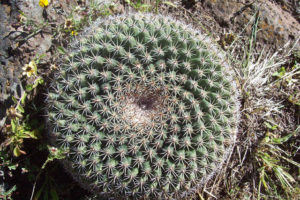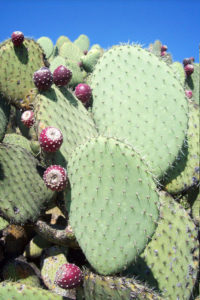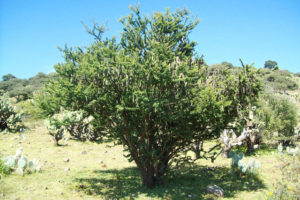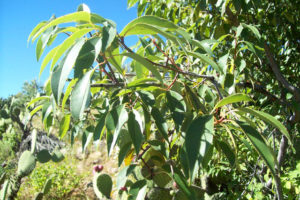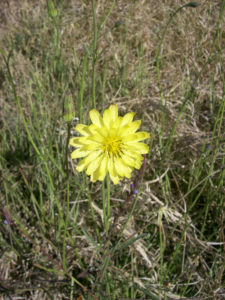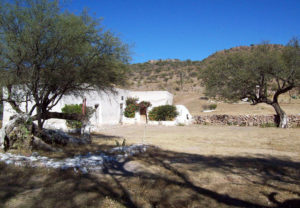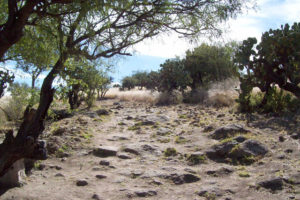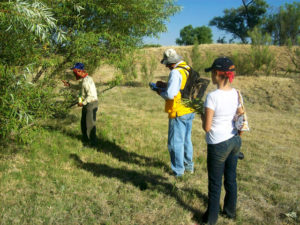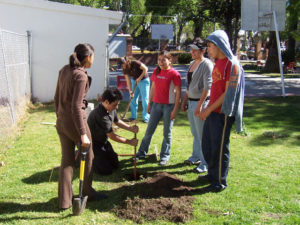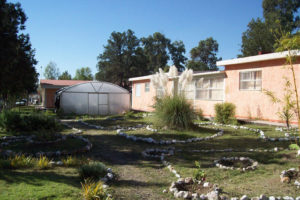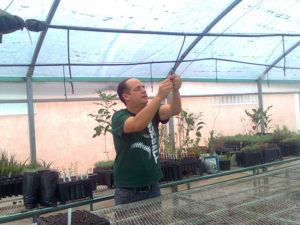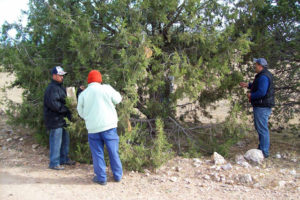As the world’s environment deteriorates, some of Mexico’s streets and plazas are stepping back toward better ecosystems by going native. Curiously, most ornamental plant species in many Mexican cities are not at all Mexican, but rather, introduced, or exotic, species. However, that’s changing as some Mexican city planners are going native and helping their cities look more like parts of Mexico with native Mexican plant species!
What’s wrong with exotics?
Many introduced plants were brought in to beautify cities or produce fruit, firewood, medicinal foliage, or products. The eucalyptus, originally introduced from Australia, is a widespread example. Settlers prized the tree for its easy propagation, rapid growth, ability to dry up “useless” wetlands, and shade and firewood production. It naturalized (started reproducing on its own), dominated many Mexican cities and escaped to natural areas, altering ecological community structure. The trees, once used to dry up unusable marshy soils, now threaten diminishing water supplies in many Mexican cities and have displaced many natural communities, permanently altering regional ecosystems.
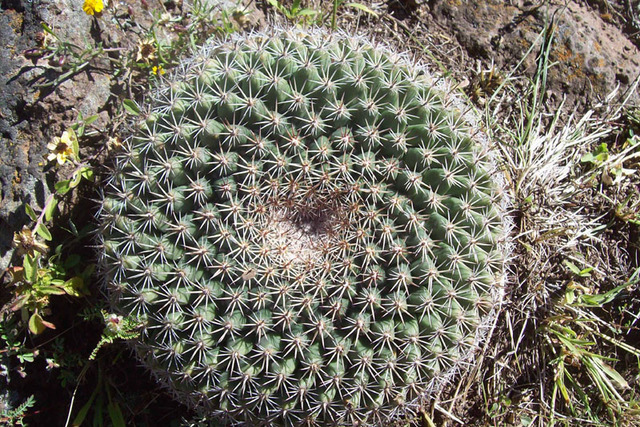
Many species, like the eucalyptus, where introduced with good intentions. Others were hitchhikers in grain and cattle shipments. Each introduced, or exotic, plant occupies an ecological niche and physical space that could provide habitat for a native plant in the ecosystem, reducing the native biodiversity and ecosystem functionality. Some exotic species, like oaks from the U.S., Europe, even other parts of Mexico, threaten natives because they hybridize with natives and genetically contaminate native communities.
Why are native Mexican plants better?
Any plant, exotic or native, provides certain environmental services in an urban environment, including shade, carbon dioxide capture (helping control greenhouse gases that contribute to global warming), esthetic value, soil improvement, or habitat for generalist flora and fauna. Natives, when used as ornamentals, have many advantages over exotics, including the following:
- Habitat for other native species Any plant can provide habitat or food for generalist species, like house sparrows, pigeons, or grackles. Native plants, unlike their exotic counterparts, also provide habitat, food, and shelter for more specialized native flora and fauna species.
- Pre-adaptation Natives require less maintenance than exotics because they are pre-adapted to local environmental conditions. For example, huisaches, after thousands of years of evolution on Durangan grasslands, are perfectly adapted to the capitol city’s summer rainy season, long dry seasons, acidic soils, and regional pests, making them attractive, low-maintenance elements in local gardens.
- Putting ecosystems back together Fragmentation, or the breaking up of an ecosystem, reduces ecosystem functionality. The use of natives in cities helps patch gaps in native plant communities. In Mexican cities that have conserved native vegetation, like Creel, in Chihuahua, urban green areas act as corridors for local flora and fauna.
- Keeping Mexico Mexican ¡Viva México! Mexico’s native biodiversity annually attracts thousands of tourists. At the museum commemorating Francisco Villa in La Coyotada, Durango, native mezquites give an authentic feel to the museum’s gardens, and visitors enjoy shade beneath the same mezquites that gave shade to Villa as a child.
- Maintaining local ethnobotanical culture On La Joya Ranch, in central Durango, Don Antonio Lozoya-Cigarroa can name and describe a use for nearly every plant from his doorstep to the mountains nearby. His descendents use a handful of the local species for teas and herbal remedies. Don Antonio and his family have helped nurture native plant ethnobotanical information by participating in native plant studies that bring the plants closer to the growing urban population.
- Natives are beautiful too! Many natives, like exotics, are beautiful. For example, the desert willow, Chilopsis linearis, a native to both Mexico and the United States, is prized in the U.S. for its showy flowers and drought resistance.
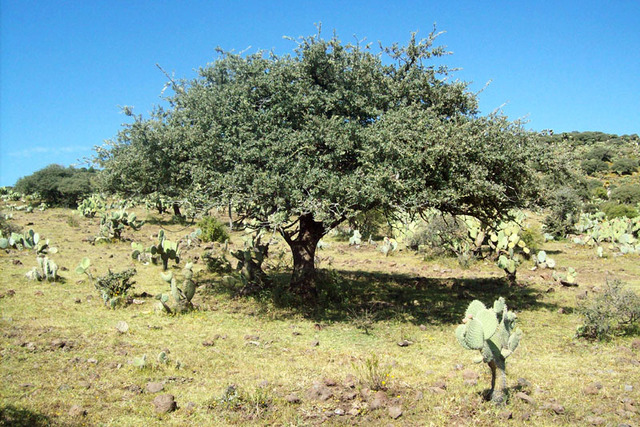
Creative planning and collaboration between research scientists, urban planners, and private citizens have begun to turn time back toward a native urban environment. Going native is catching on in Mexico’s urban landscapes, and expats and others can get on the ecological bandwagon by learning to use natives in their area and discovering how they can beautify their landscapes while providing improved ecological services to their local community.


